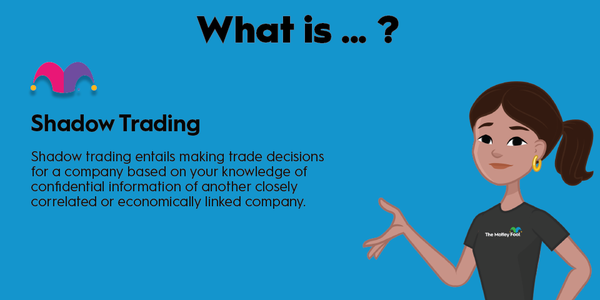Artificial intelligence (AI) involves computers and programs analyzing information and making decisions. Machine learning is a branch of AI involving computer systems using automated processes to improve their analyses and understanding of complex problems.
Programmers can choose among three main machine-learning methods: supervised learning, unsupervised learning, and reinforcement learning. You can read more about unsupervised machine learning and reinforcement machine learning in their separate articles. Here I will explain how supervised machine learning works.

What is it?
Understanding supervised machine learning
Supervised machine learning is a subset of machine learning that operates under a tightly defined set of rules. In this approach, algorithms learn from a preexisting labeled data set, also known as training data, where both the input and the desired output are provided. The goal is for the algorithm to learn a general rule that can automatically map well-known inputs to the desired outputs.
For example, imagine you are teaching a computer to recognize images of cats. You supply the algorithm with several pictures, each clearly labeled as "cat" or "not cat." The computer then tries various variables, methods, and analysis algorithms until it finds strict rules that produce the expected results. After completing this training phase, the algorithm should be able to correctly classify new, unlabeled images into the same categories.
Why it matters
Why supervised machine learning matters
The importance of supervised machine learning is far-reaching, with applications that span many industries and disciplines. It is a vital tool for many tasks that require discerning patterns within complex data sets. Its uses range from email spam filtering and credit score assignment to medical diagnostics and stock market analysis.
In the context of investing, supervised machine learning can aid in predicting future market trends or analyzing a company's financial data. By learning from historical data, these algorithms can forecast future outcomes with a degree of accuracy, providing investors with valuable insights to inform their decisions.
How it's used
Putting supervised machine learning into practice
Investors may not develop these algorithms themselves, but they can evaluate how companies that interest them are making use of such algorithms.
Many leading tech companies have embraced machine learning, using it to optimize their services, reduce costs, and innovate. A company's effective use of supervised machine learning can be seen as a signal of its competitiveness and future potential.
In addition, numerous financial technology companies provide tools powered by machine-learning algorithms that can help individual investors make informed decisions. These tools analyze large data sets and provide predictions and analyses, giving you insights that were once available only to large financial institutions.
Related investing topics
Where it's used
Where have you seen supervised machine learning at work?
One common system that uses supervised machine learning is CAPTCHA tests.
CAPTCHA, which stands for "Completely Automated Public Turing test to tell Computers and Humans Apart," is designed to enhance cybersecurity and prevent automated bot activity by verifying if a user is human. Traditional CAPTCHAs often show you an image divided into squares, asking you to click on the squares showing easily identifiable items such as bicycles, crosswalks, or boats. In other versions, you'll see a distorted multidigit number or a blurred text string.
The human responses to these tests have been used to train machine-learning models using the principles of supervised learning to improve artificial intelligence. The actual human-or-robot test doesn't rely on your getting these questions right but on the way you move your mouse, time your clicks, and otherwise interact with the system.
That's right -- every time you've told a CAPTCHA system that you see a bus or a traffic light in a picture, you've contributed to the supervised learning process! Thanks to your supervision, the system got a little bit better at identifying a cat or a flight of stairs.




































































































